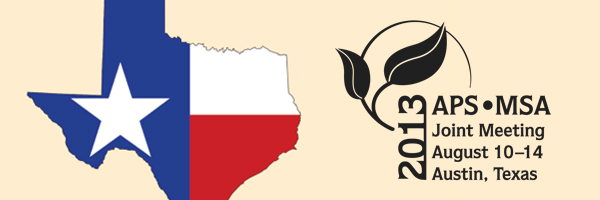APS Homepage
Back

Poster Session: Mycology
© 2013 by The American
Phytopathological Society. All rights reserved.
80-P
The production of mycotoxins by fungi isolated from maple syrup.
S. L. ANNIS (1), R. Garcia (1), K. L. Hopkins (2), B. L. Calder (1), L. B. Perkins (1)
(1) University of Maine, Orono, ME, U.S.A.; (2) Cooperative Extension, University of Maine, Skowhegan, ME, U.S.A.
Maple syrup processors occasionally find syrup contaminated with fungal growth. Processors have found contaminants in bulk containers of syrup and retail size bottles. We have identified 73 fungal isolates collected from 38 containers of maple syrup from the United States. The most common genera we have identified are Penicillium, Aspergillus and Wallemia, and in a few containers, we have identified Cladosporium, Paecilomyces and various ascomycetous yeasts. A number of the species of Aspergillus and Penicillium we have isolated are known to have the ability to produce mycotoxins. We are interested in quantifying any mycotoxins produced in maple syrup by these fungi and determining if the mycotoxins are at a level to be a concern for human health. The most common species of Penicillium that was isolated was P. brevicompactum, which is known to produce mycophenolic acid (MPA) and other mycotoxins. Three genetically distinct strains of P. brevicompactum, which we isolated from maple syrup, have produced up to 1 mg/ml of mycophenolic acid when grown in a medium optimized for MPA production. We are currently testing whether P. brevicompactum produces MPA when grown in maple syrup, and we will present results on testing for possible mycotoxin production by other Penicillium and Aspergillus species commonly isolated from maple syrup.